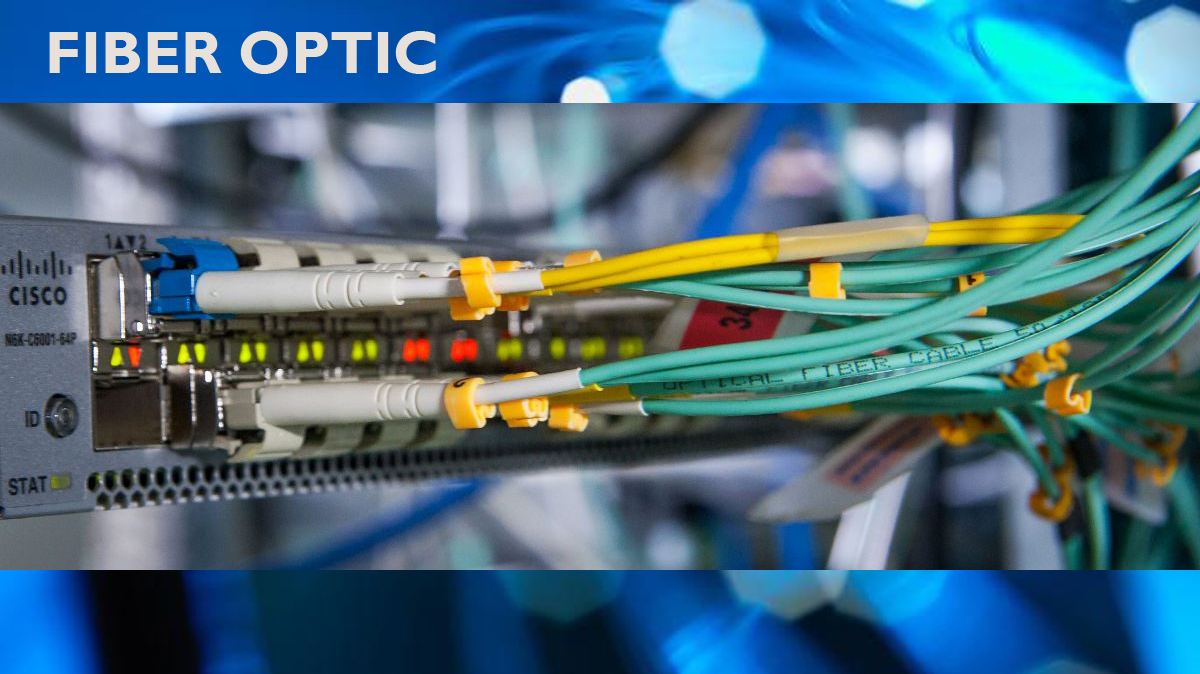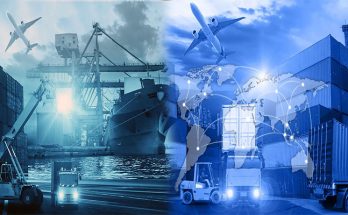
Every person who has used fiber-optic networks for connectivity can agree that it provides fast and excellent transmission of data. Fiber optic technology is a gold standard that relies on light rather than electricity to connect people, businesses and even nations. Most business owners are investing in fiber optic sorely because of its speed and not the other advantages most probably because they do not understand them. Being a new technology, some people may see it as a risky investment. However, for people who rely on internet connectivity for their businesses, they should know that fiber optic could be holding a brighter future of their communication, collaboration, and productivity.
Origin of Fiber Optic Concept
The idea of fiber optic was introduced to the world by three scientists Alexander Graham Bell, John Tyndall and William Wheeler whose main agenda was to find a better way of transmitting data at the speed of light. This was in the 1800s. Later the fiber cables were invented and believed to transmit data more than 65,000 times of what copper wire could transmit. Fiber optic networks use these cables that are made of long and flexible glass fibers. The cables help to transmit signals by connecting the users to the internet and allows them to carry on with online activities. The good thing about these cables is that they carry a very small width and therefore are very light, which helps to avoid numerous cabling problems. Due to the high speed associated with it, fiber optic is now considered to be the most reliable, cost-effective and measurable means of internet access.
Durability and Efficiency
Fiber optic cables transmit data faster and more effectively as compared to copper wires. Copper wires emit heat while transmitting data and this damages the cables over time. The fiber optic cables, on the other hand, use light rather than electricity, and this increases their durability as no heat is produced. This means that while copper wires might need frequent replacements, fiber cables will not, which is a real proof of their efficiency and therefore increased productivity.
Cost-Effectiveness
The cost of installing fiber optic internet is higher than that of copper wires connectivity mostly because they require highly skilled workmanship to have them in place. However, the cost of fiber optic connectivity hardware is reducing by day, and therefore there is hope the cost will go down further in the future. While the overall cost of installing copper internet networks is cheaper, in the long run, it is more cost-efficient to install fiber because of its durability and the fact that business can make more revenue by relying on the high-speed internet.
Low Energy Consumption
Using electricity to transmit data will obviously require more energy. It will require more energy as compared to the energy required to transmit the same data using light. Fiber technology, therefore, translates to a lower price of operation and lower carbon footprint.
Acceptance
Fiber optic connectivity is currently used by many individuals and businesses across the world. And by this rate of its acceptance it possible more people will endorse it too. It is a sign that businesses have realized that fiber optic has brought meaning to digital communication.




